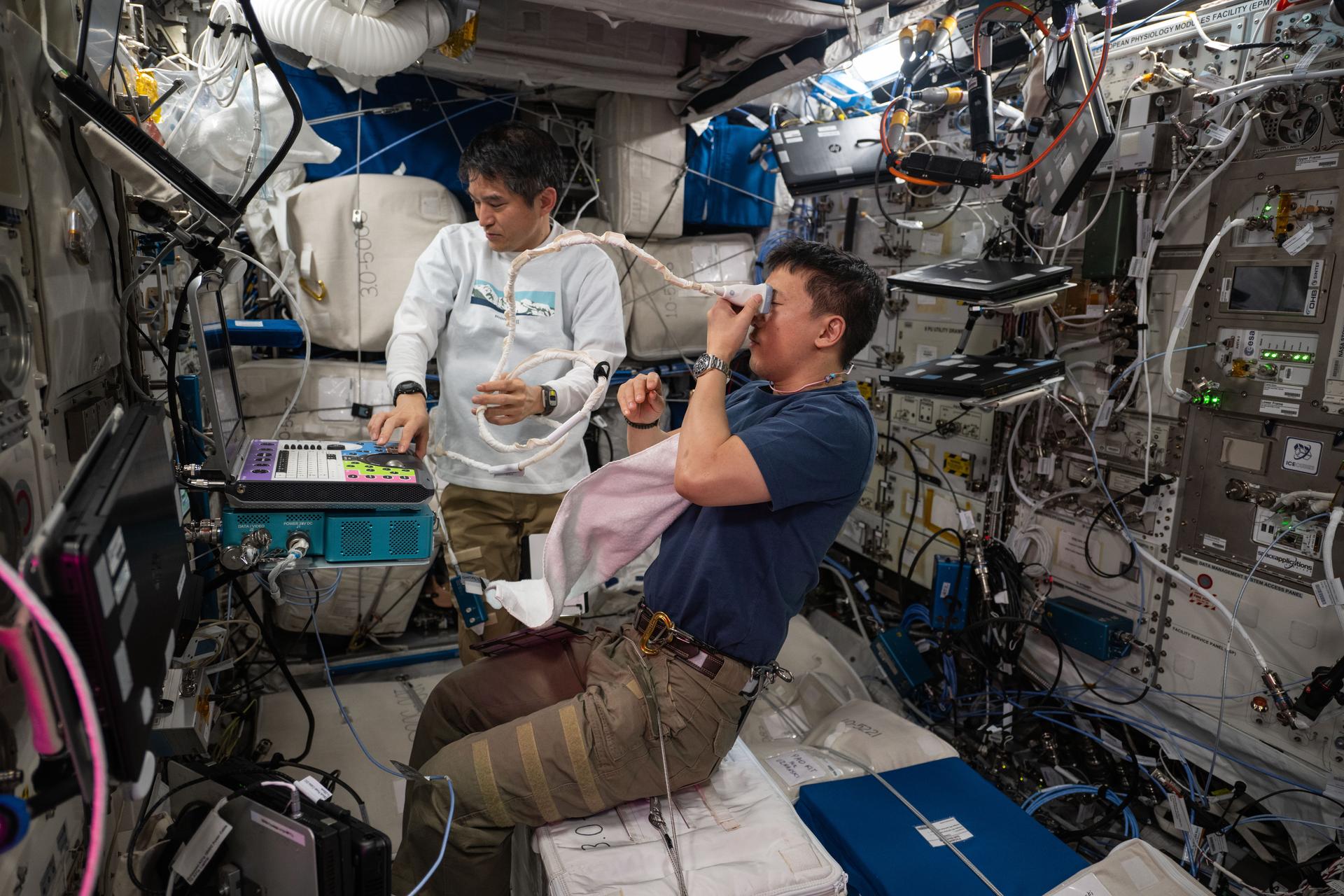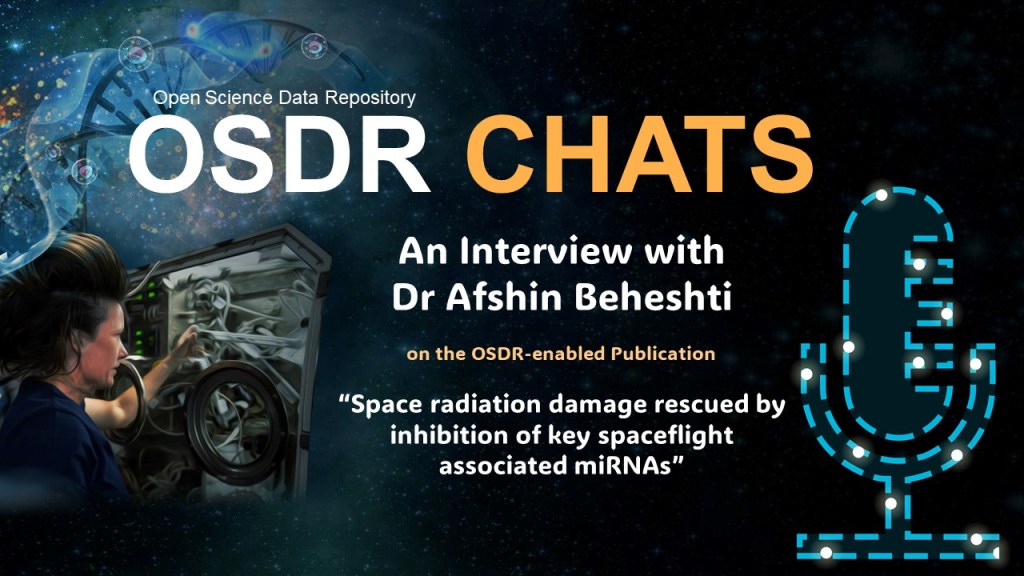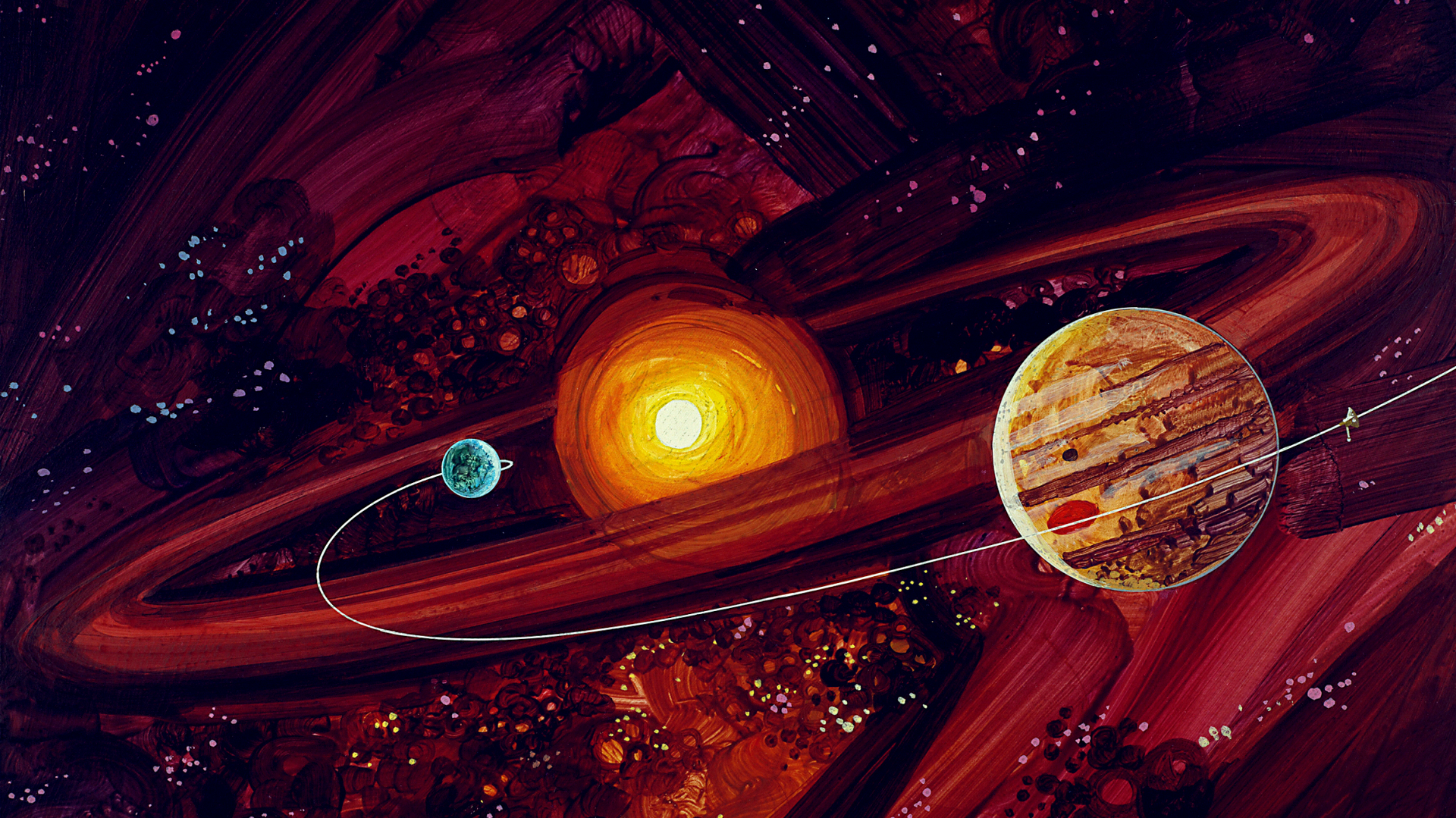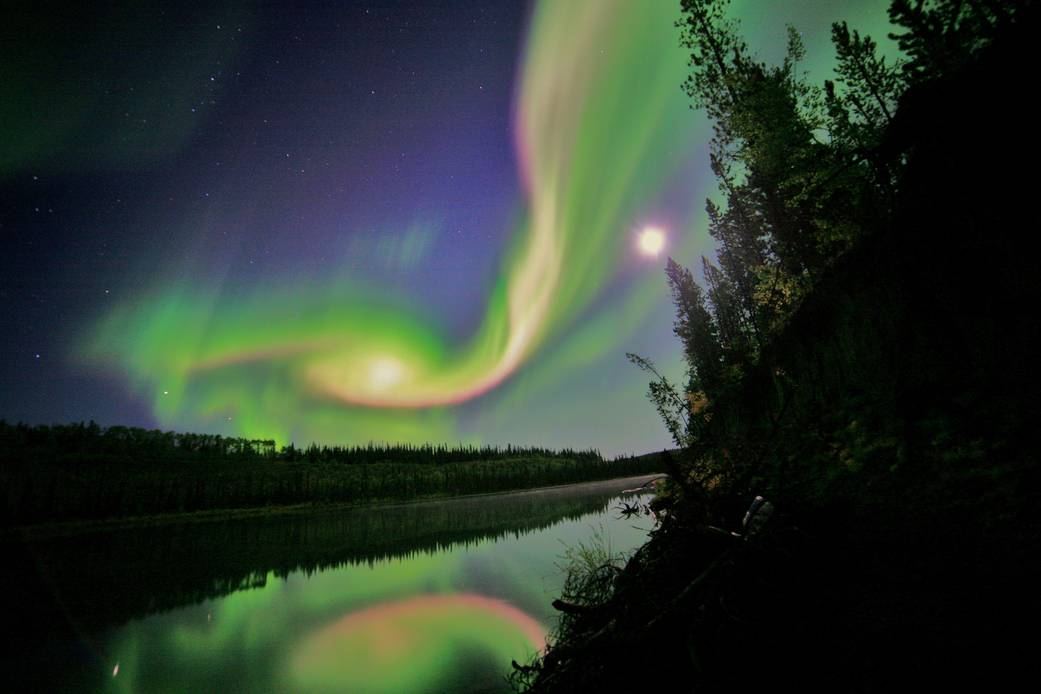2011 H. Julian Allen Award Winners – Andrew S. Ackerman and Mark S. Marley
Drs. Andrew S. Ackerman and Mark S. Marley were awarded the 2011 H. Julian Allen Prize for their paper entitled “Precipitating Condensation Clouds in Substellar Atmospheres”, published in The Astrophysical Journal, 556, pp.
872-884, (2001).
Abstract:
The quest for understanding both extrasolar giant planets and brown dwarfs hinges on understanding their atmospheres. Atmospheric physical, chemical, and dynamical processes regulate the release of internal heat, sculpting their emitted spectra, and, for irradiated planets, control the absorption of incident light. One of the most difficult to model–yet most important–atmospheric traits is clouds. The presence or absence of a cloud layer can dramatically alter both the absorption and emission of light and impact the evolution of a world. While it had long been understood that clouds would be an important component of any exoplanet or brown dwarf atmosphere model, before 2001 there had only been highly idealized methods for treating clouds. In particular, the alien sand, aluminum oxide, and–perhaps strangest of all–liquid iron drops that comprise these extreme cloud layers proved a challenge. In his talk, Dr. Marley will discuss the importance of understanding cloud processes and explain the approach terrestrial cloud theorist and former Ames scientist Andrew Ackerman and he developed to tackle this problem and the insights that followed. He will illustrate his presentation with the various astronomical situations where clouds play a starring role, from the hot transiting giant planets, to directly imaged young planets, to brown dwarfs, to super Earths.
Biographies:
Mark Marley received his PhD from the University of Arizona’s Lunar and Planetary Laboratory in 1990. After a postdoc at Ames with the late Jim Pollack, he took a faculty position in the astronomy department at New Mexico State University where he ultimately obtained the rank of associate professor. In 2000, he left NMSU to return to Ames to join the Space Sciences Division in the SST branch. His research focuses on the atmospheres of solar system giant planets, extrasolar planets and brown dwarfs. He has published almost 100 refereed scientific papers. In 2006, he was awarded the NASA medal for exceptional scientific achievement.
Andrew Ackerman finished his PhD in Atmospheric Sciences from the University of Washington in 1994, followed by a postdoc at Ames with Brian Toon. He joined the SGP branch of the Ames Earth Sciences Division in 1999 and the Goddard Institute for Space Studies in 2005. His research primarily concerns cloud physics in Earth’s atmosphere and the associated effects of aerosols on climate. He has published multiple first author papers in Nature and Science that have been widely cited.































